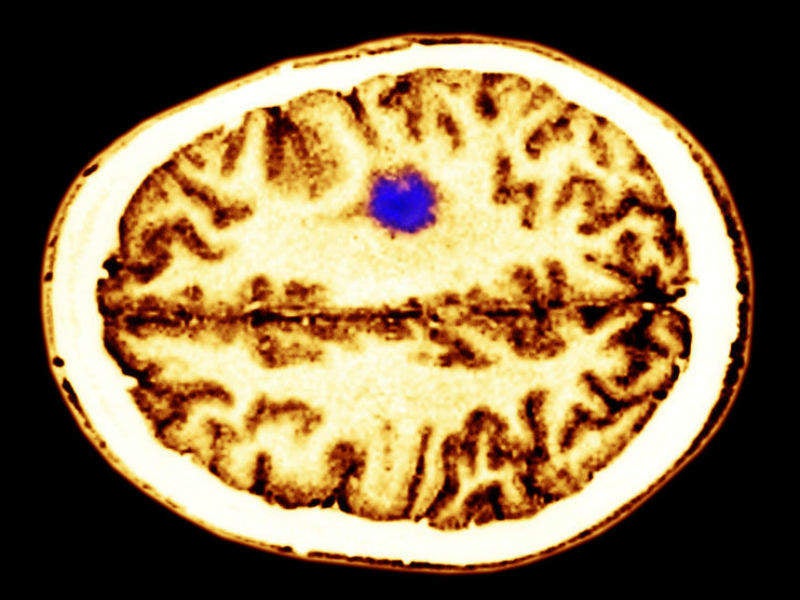
Researchers at the Massachusetts Institute of Technology (MIT) have created a drug-delivering nanoparticle that could offer a better way to treat glioblastoma multiforme, a type of brain tumour.
The nanoparticles can carry two different drugs and are designed to easily cross the blood-brain barrier and bind directly to tumour cells. One of the drugs damages the DNA of tumour cells, while the other interferes with the systems cells normally use to repair such damage.
Glioblastoma multiforme is one of the most difficult to treat cancers and only a few drugs are approved to treat it.
The researchers showed that the nanoparticles could shrink tumours and prevent them from growing back in a mouse model.
MIT’s head of the Department of Chemical Engineering Professor Paula Hammond said: “What is unique here is we are not only able to use this mechanism to get across the blood-brain barrier and target tumours very effectively, we are using it to deliver this unique drug combination.”
Hammond and Scott Floyd, a former Koch Institute clinical investigator and a current associate professor of radiation oncology at Duke University School of Medicine, are the senior authors of a paper about the technology in Nature Communications. The paper’s lead author is Koch Institute research scientist Fred Lam.
How well do you really know your competitors?
Access the most comprehensive Company Profiles on the market, powered by GlobalData. Save hours of research. Gain competitive edge.

Thank you!
Your download email will arrive shortly
Not ready to buy yet? Download a free sample
We are confident about the unique quality of our Company Profiles. However, we want you to make the most beneficial decision for your business, so we offer a free sample that you can download by submitting the below form
By GlobalDataThe nanoparticles are spherical droplets, known as liposomes, which can carry one drug in their core and the other in their fatty outer shell.
The researchers found that if they coated the liposomes with the protein transferrin, the particles passed through the blood-brain barrier with little difficulty. Transferrin also binds to proteins found on the surface of tumour cells. This allows the particles to accumulate directly at the tumour site while avoiding healthy brain cells.
Through testing in a mouse model, it was found that once at the tumour site, the particles’ outer layer degrades and releases bromodomain inhibitor JQ-1. Around 24 hours later, temozolomide is released from the particle core.
The researchers found that animals treated with the targeted nanoparticles experienced much less damage to blood cells and other tissues normally harmed by temozolomide. The particles are also coated with polyethylene glycol to prevent them from being detected and broken down by the immune system.
Lam said: “Our goal was to have something that could be easily translatable, by using simple, already approved synthetic components in the liposome.
“This was really a proof-of-concept study [showing] that we can deliver novel combination therapies using a targeted nanoparticle system across the blood-brain barrier.”
It is likely that the bromodomain inhibitor used in this study, JQ-1, would not be well-suited for human use because of its short half-life. However, other more suitable bromodomain inhibitors are now in clinical trials.
The researchers predict this type of nanoparticle delivery could be used to deliver other cancer drugs to the brain.
Floyd said: “Because there’s such a short list of drugs that we can use in brain tumours, a vehicle that would allow us to use some of the more common chemotherapy regimens in brain tumours would be a real game-changer.
“Maybe we could find efficacy for more standard chemotherapies if we can just get them to the right place by working around the blood-brain barrier with a tool like this.”






